Lochinvar Knight 80 - 285 User Manual
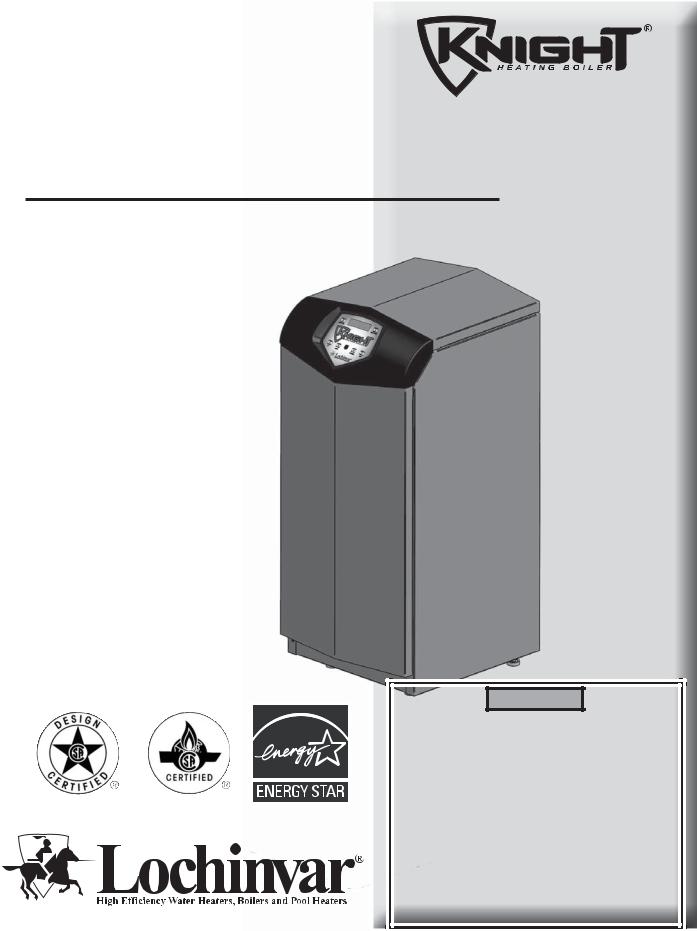
KB-USER-05
User’s Information Manual
Models: 80 - 285
Starting Serial #H07H10040039
WARNING
If the information in this manual is not followed exactly, a fire or explosion may result causing property damage, personal injury or loss of life.
This appliance MUST NOT be installed in any location where gasoline or flammable vapors are likely to be present.
WHAT TO DO IF YOU SMELL GAS
•Do not try to light any appliance.
•Do not touch any electric switch; do not use any phone in your building.
•Immediately call your gas supplier from a near by phone. Follow the gas supplier’s instructions.
•If you cannot reach your gas supplier, call the fire department.
•Installation and service must be performed by a qualified installer, service agency, or the gas supplier.
Save this manual for future reference.
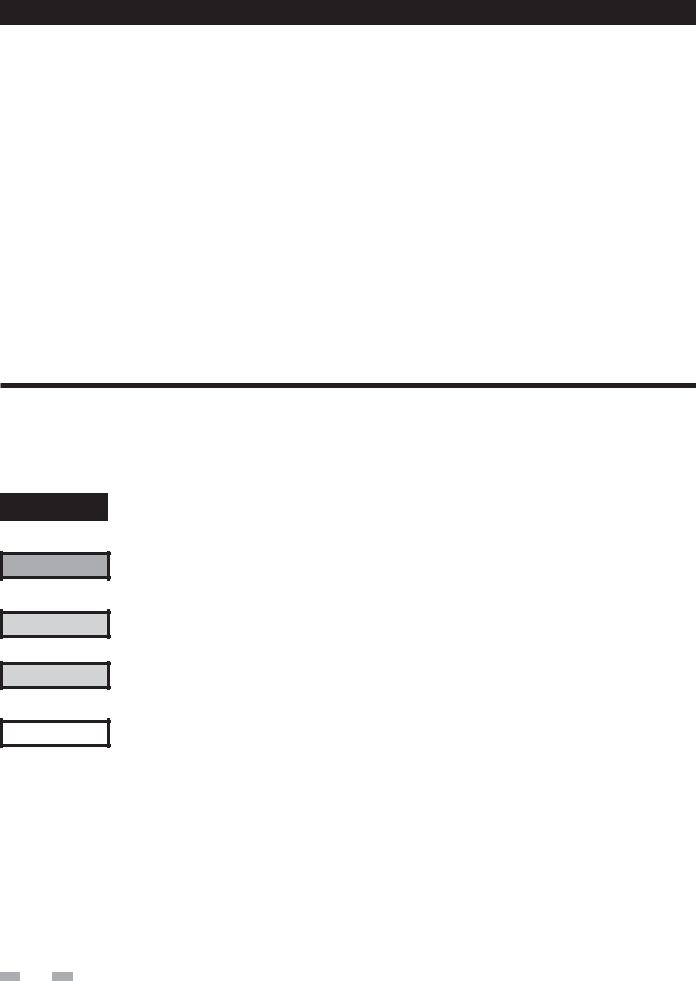
Contents
HAZARD DEFINITIONS . . . . . . . . . . . . . . . . . . . . . . . . . . |
2 |
PLEASE READ BEFORE PROCEEDING . . . . . . . . . . . . |
3 |
1. PREVENT COMBUSTION AIR CONTAMINATION . . . |
4 |
2. MAINTENANCE SCHEDULE . . . . . . . . . . . . . . . . . . . |
5 |
Maintenance Procedures . . . . . . . . . . . . . . . . . . . . . . . . . . |
6 |
Boiler Must Be Serviced and Maintained . . . . . . . . . . |
6 |
Check Boiler Area . . . . . . . . . . . . . . . . . . . . . . . . . . . . |
6 |
Check Pressure Temperature Gauge . . . . . . . . . . . . . |
6 |
Check Vent Piping . . . . . . . . . . . . . . . . . . . . . . . . . . . . |
6 |
Check Air Piping . . . . . . . . . . . . . . . . . . . . . . . . . . . . . . |
6 |
Check Relief Valve . . . . . . . . . . . . . . . . . . . . . . . . . . . . |
6 |
Check Condensate Drain System . . . . . . . . . . . . . . . . |
6-7 |
Check Automatic Air Vents . . . . . . . . . . . . . . . . . . . . . . |
8 |
Test Low Water Cutoff (if installed) . . . . . . . . . . . . . . . |
8 |
Reset Button (low water cutoff) . . . . . . . . . . . . . . . . . . |
8 |
Check Boiler Piping (gas and water) . . . . . . . . . . . . . . |
8 |
Operate Relief Valve . . . . . . . . . . . . . . . . . . . . . . . . . . |
8 |
Shut Boiler Down . . . . . . . . . . . . . . . . . . . . . . . . . . . . . |
8 |
3. OPERATING INSTRUCTIONS . . . . . . . . . . . . . . . . . . 9
4. SMART SYSTEM CONTROL MODULE
SMART SYSTEM Control Module . . . . . . . . . . . . . . . . . . 10
Access Modes . . . . . . . . . . . . . . . . . . . . . . . . . . . . . . 11
Saving Parameters . . . . . . . . . . . . . . . . . . . . . . . . . . . 11
Parameter Table . . . . . . . . . . . . . . . . . . . . . . . . . . . . . . . 12
A: General . . . . . . . . . . . . . . . . . . . . . . . . . . . . . . . . . 13
B: Temperature Settings . . . . . . . . . . . . . . . . . . . . . . . 13
C: Data Logging . . . . . . . . . . . . . . . . . . . . . . . . . . . . . 13
E: DHW Settings . . . . . . . . . . . . . . . . . . . . . . . . . . . . 14
F: Outdoor Air Reset . . . . . . . . . . . . . . . . . . . . . . . . . 14
Status Display Screens . . . . . . . . . . . . . . . . . . . . . . . . . . 15-18
Revision Notes . . . . . . . . . . . . . . . . . . . . . . . . . Back Cover
Hazard definitions
The following defined terms are used throughout this manual to bring attention to the presence of hazards of various risk levels or to important information concerning the life of the product.
DANGER
WARNING
CAUTION
CAUTION
NOTICE
DANGER indicates an imminently hazardous situation which, if not avoided, will result in death or serious injury.
WARNING indicates a potentially hazardous situation which, if not avoided, could result in death or serious injury.
CAUTION indicates a potentially hazardous situation which, if not avoided, may result in minor or moderate injury.
CAUTION used without the safety alert symbol indicates a potentially hazardous situation which, if not avoided, may result in property damage.
NOTICE indicates special instructions on installation, operation, or maintenance that are important but not related to personal injury or property damage.
2
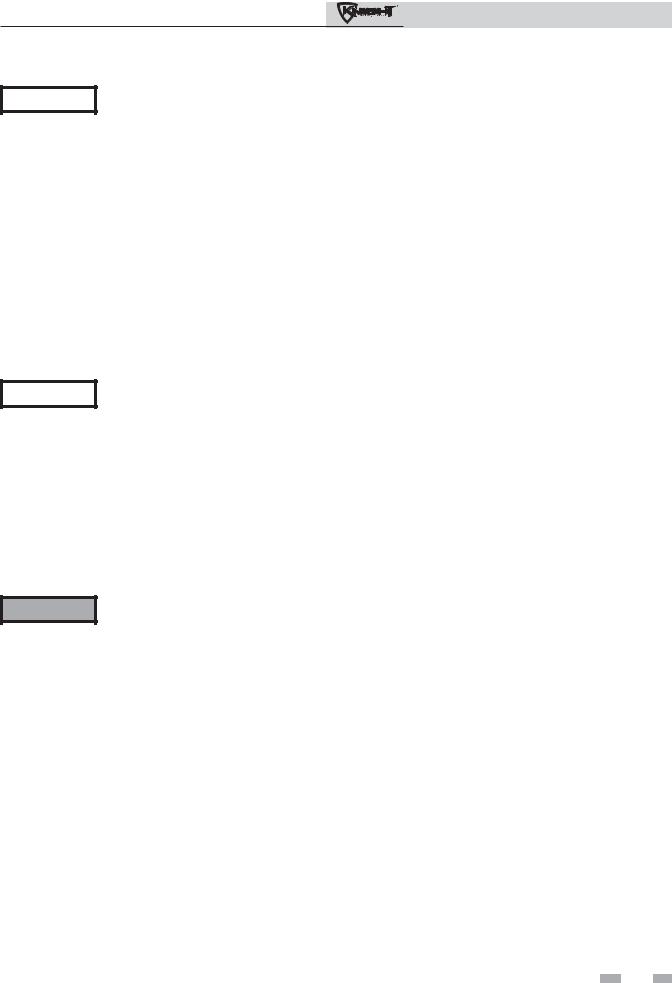
User’s Information Manual
Please read before proceeding
NOTICE
The Knight Boiler Installation and Operation Manual along with the Knight Boiler Service Manual are for use only by a qualified heating installer/service technician. Refer only to this User’s Information Manual for your reference. Improper installation, adjustment, alteration, service or maintenance can cause property damage, personal injury (exposure to hazardous materials) or loss of life. Installation and service must be performed by a qualified installer, service agency or the gas supplier (who must read and follow the supplied instruction before installing, servicing, or removing this boiler. This boiler contains materials that have been identified as carcinogenic, or possibly carcinogenic, to humans).
NOTICE
WARNING
When calling or writing about the boiler – Please have the boiler model and serial number from the boiler rating plate.
Consider piping and installation when determining boiler location.
Any claims for damage or shortage in shipment must be filed immediately against the transportation company by the consignee.
Factory warranty (shipped with unit) does not apply to units improperly installed or improperly operated.
Failure to adhere to the guidelines on this page can result in severe personal injury, death, or substantial property damage.
Boiler service and maintenance –
•To avoid electric shock, disconnect electrical supply before performing maintenance.
•To avoid severe burns, allow boiler to cool before performing maintenance.
Boiler operation –
•Do not block flow of combustion or ventilation air to the boiler. This boiler is equipped with a control which will automatically shut down the boiler should air or vent be blocked. If vent or air blockage is easily accessible and removable, remove it. The boiler should attempt to restart. If blockage is not obvious or cannot be removed, have the boiler and system checked by a qualified service technician.
•Should overheating occur or gas supply fail to shut off, do not turn off or disconnect electrical supply to the circulator. Instead, shut off the gas supply at a location external to the appliance.
•Do not use this boiler if any part has been under water. The possible damage to a flooded appliance can be extensive and present numerous safety hazards. Any appliance that has been under water must be replaced.
Boiler water –
•Thoroughly flush the system (without boiler connected) to remove sediment. The high-efficiency heat exchanger can be damaged by build-up or corrosion due to sediment.
•Do not use petroleum-based cleaning or sealing compounds in the boiler system. Gaskets and seals in the system may be damaged. This can result in substantial property damage.
•Do not use “homemade cures” or “boiler patent medicines”. Serious damage to the boiler, personnel, and/or property may result.
•Continual fresh make-up water will reduce boiler life. Mineral buildup in the heat exchanger reduces heat transfer, overheats the stainless steel heat exchanger, and causes failure. Addition of oxygen carried in by makeup water can cause internal corrosion. Leaks in boiler or piping must be repaired at once to prevent makeup water.
Freeze protection fluids –
•NEVER use automotive antifreeze. Use only inhibited propylene glycol solutions, which are specifically formulated for hydronic systems. Ethylene glycol is toxic and can attack gaskets and seals used in hydronic systems.
3
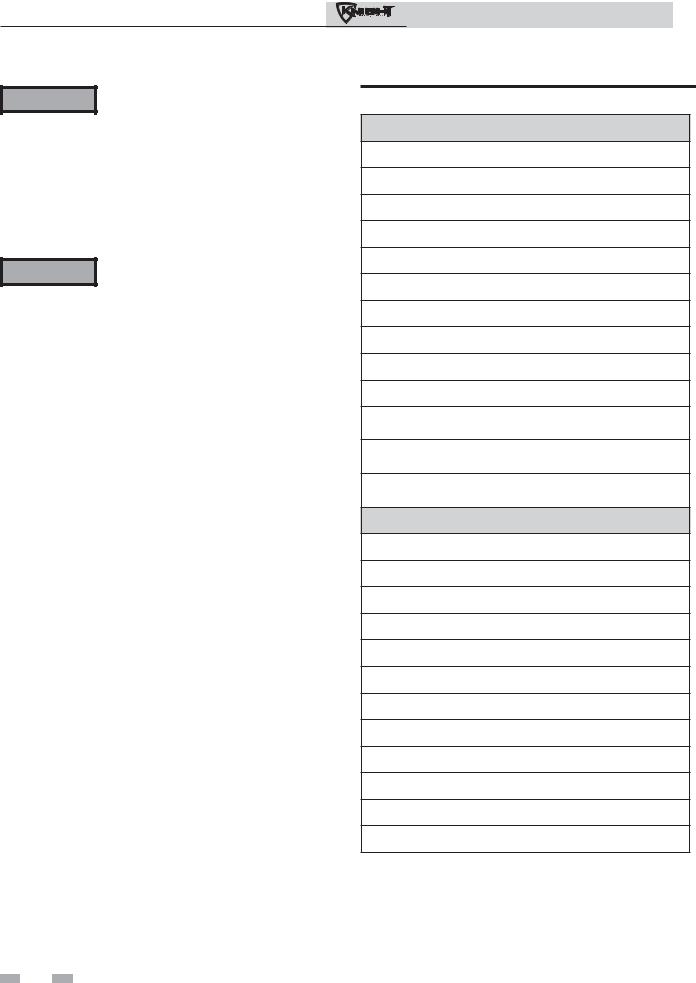
User’s Information Manual
1Prevent combustion air contamination
WARNING
WARNING
If the boiler combustion air inlet is located in any area likely to cause contamination, or if products which would contaminate the air cannot be removed, you must have the combustion air and vent re-piped and terminated to another location. Contaminated combustion air will damage the boiler, resulting in possible severe personal injury, death, or substantial property damage.
If the boiler combustion air inlet is located in a laundry room or pool facility, for example, these areas will always contain hazardous contaminants.
Pool and laundry products and common household and hobby products often contain fluorine or chlorine compounds. When these chemicals pass through the boiler, they can form strong acids. The acid can eat through the boiler wall, causing serious damage and presenting a possible threat of flue gas spillage or boiler water leakage into the building.
Please read the information listed in Table 1. If contaminating chemicals will be present near the location of the boiler combustion air inlet, have your installer pipe the boiler combustion air and vent to another location, per the Knight Boiler Installation and Operation Manual.
WARNING |
To prevent the potential of severe personal |
|
injury or death, check for areas and |
|
products listed in Table 1 before installing |
|
the boiler or air inlet piping. |
|
If contaminants are found, you MUST: |
|
• Remove contaminants permanently. |
|
—OR— |
|
• Relocate air inlet and vent |
|
terminations to other areas. |
Table 1 Corrosive Contaminants and Sources
Products to avoid:
Spray cans containing chloro/fluorocarbons
Permanent wave solutions
Chlorinated waxes/cleaners
Chlorine-based swimming pool chemicals
Calcium chloride used for thawing
Sodium chloride used for water softening
Refrigerant leaks
Paint or varnish removers
Hydrochloric acid/muriatic acid
Cements and glues
Antistatic fabric softeners used in clothes dryers
Chlorine-type bleaches, detergents, and cleaning solvents found in household laundry rooms
Adhesives used to fasten building products and other similar products
Areas likely to have contaminants
Dry cleaning/laundry areas and establishments
Swimming pools
Metal fabrication plants
Beauty shops
Refrigeration repair shops
Photo processing plants
Auto body shops
Plastic manufacturing plants
Furniture refinishing areas and establishments
New building construction
Remodeling areas
Garages with workshops
4
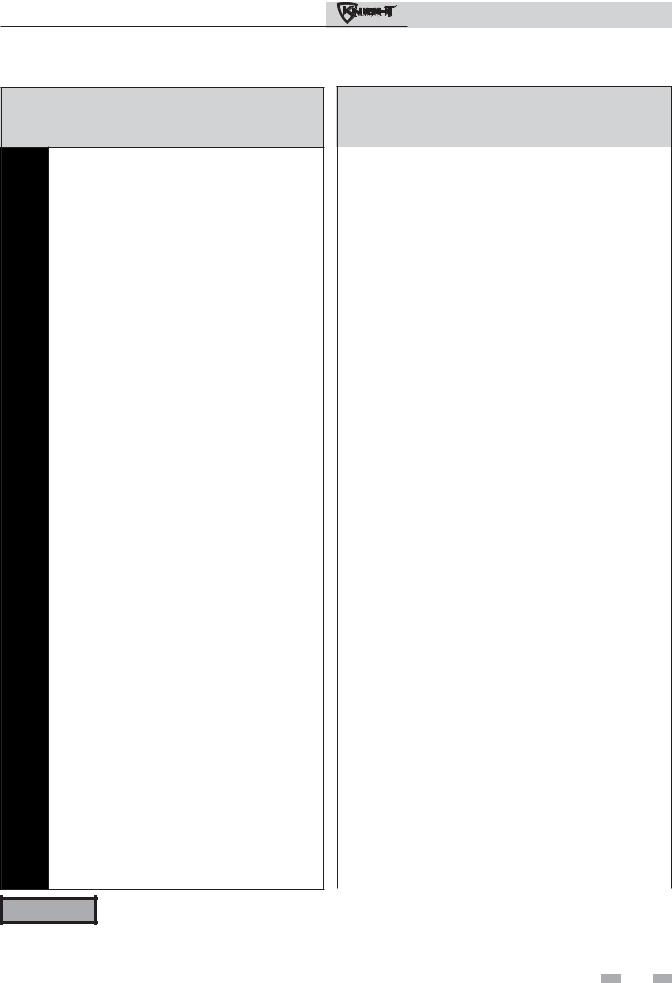
User’s Information Manual
2Maintenance schedule
Service technician
(see the Knight Boiler Service Manual)
General:
•Reported problems
•Inspect interior; clean and vacuum if necessary
•Clean condensate trap and fill with fresh water
•Check for leaks (water, gas, flue, condensate)
•Verify flue and air lines in good condition and sealed tight
•Check system water pressure/system piping/expansion tank
UP |
• Check control settings |
|||
|
||||
START- |
• Ignition |
and flame |
sense electrodes |
|
(sand off any deposits; clean and |
||||
|
||||
|
reposition) |
|
||
ANNUAL |
• Wiring and connections |
|||
• Perform |
start-up |
checkout and |
||
|
||||
|
performance verification per Section 10 |
|||
|
in the Knight Installation and Operation |
|||
|
Manual. |
|
|
|
|
• Flame inspection (stable, uniform) |
|||
|
• Flame signal (at least 4 mA) |
|||
•Clean the heat exchanger if flue temperature is more than 54°F above return water temperature.
If combustion or performance indicate need:
•Clean heat exchanger
•Remove and clean burner using compressed air only
•Clean the blower wheel
Owner maintenance
(see pages 6 - 8 for detailed instructions)
|
• Check boiler area |
|
• Check pressure/temperature |
|
gauge |
Daily |
|
|
|
|
• Check vent piping |
|
• Check air piping |
Monthly |
• Check air and vent termination |
|
|
|
screens |
|
• Check relief valve |
|
• Check condensate drain system |
|
• Check automatic air vents |
|
|
Periodically |
• Test low water cutoff (if used) |
|
|
|
• Reset button (low water cutoff) |
|
|
|
• Check boiler piping (gas and |
|
water) for leaks |
Every |
|
6 months |
• Operate relief valve |
|
|
End |
•Shut boiler down (unless boiler |
|
|
of season |
used for domestic hot water) |
months |
|
|
|
Follow the maintenance procedures given throughout this manual. Failure to perform the service andWARNING maintenance or follow the directions in this manual could result in damage to the boiler or system,
resulting in severe personal injury, death, or substantial property damage.
5
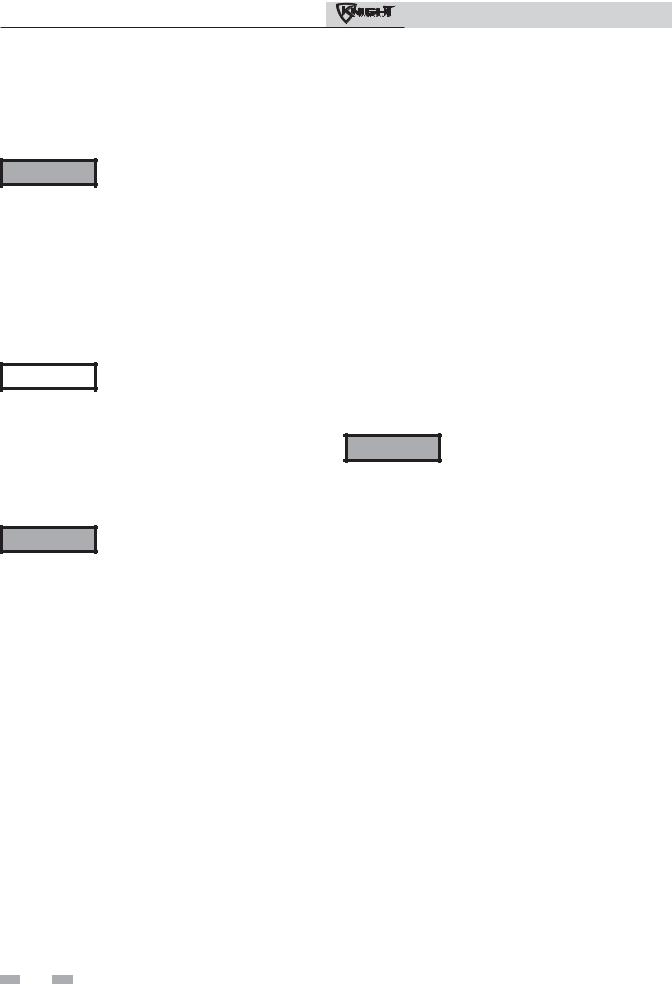
User’s Information Manual
2Maintenance schedule
Maintenance procedures
Boiler must be serviced and maintained
WARNING The boiler must be inspected and started annually at the beginning of the heating
season by a qualified service technician. In addition, the maintenance and care of the boiler designated on page 5 of this manual and explained on pages 6 through 8 must be performed to assure maximum boiler efficiency and reliability. Failure to service and maintain the boiler and system could result in equipment failure, causing possible severe personal injury, death, or substantial property damage.
NOTICE
The following information provides detailed instructions for completing the maintenance items listed in the maintenance schedule on page 5. In addition to this maintenance, the boiler must be serviced and started up at the beginning of each heating season by a qualified service technician.
Check boiler area
WARNING To prevent potential of severe personal injury, death, or substantial property
damage, eliminate all materials discussed below from the boiler vicinity and the vicinity of the boiler combustion air inlet. If contaminants are found:
Remove products immediately from the area. If they have been there for an extended period, call a qualified service technician to inspect the boiler for possible damage from acid corrosion.
If products cannot be removed, immediately call a qualified service technician to re-pipe vent and air piping and locate vent termination/air intake away from contaminated areas.
1.Combustible/flammable materials -- Do not store combustible materials, gasoline or any other flammable vapors or liquids near the boiler. Remove immediately if found.
2.Air contaminants -- Products containing chlorine or fluorine, if allowed to contaminate the boiler intake air, will cause acidic condensate in the boiler. This will cause significant damage to the boiler if allowed to continue.
6
Read the list of potential materials listed in Table 1 on page 4 of this manual. If any of these products are in the room from which the boiler takes its combustion air, they must be removed immediately or the boiler combustion air (and vent termination) must be relocated to another area.
Check pressure/temperature gauge
1.Make sure the pressure reading on the boiler pressure/ temperature gauge does not exceed 24 psi. Higher pressure may indicate a problem with the expansion tank.
2.Contact a qualified service technician if problem persists.
Check vent piping
1. Visually inspect the flue gas vent piping for any signs of blockage, leakage, or deterioration of the piping. Notify your qualified service technician at once if you find any problems.
WARNING Failure to inspect the vent system as noted above and have it repaired by a qualified
service technician can result in vent system failure, causing severe personal injury or death.
Check air piping
1.Visually inspect the air inlet termination to be sure it is unobstructed. Inspect the entire length of air piping to ensure piping is intact and all joints are properly sealed.
2.Call your qualified service technician if you notice any problems.
Check relief valve
1.Inspect the boiler relief valve and the relief valve discharge pipe for signs of weeping or leakage.
2.If the relief valve often weeps, the expansion tank may not be working properly. Immediately contact your qualified service technician to inspect the boiler and system.
Check condensate drain system
1.Inspect the condensate drain line, condensate PVC fittings and condensate trap.
Fill condensate trap with water
1.Remove the PVC cap retaining screw from the PVC cap (FIG. 1).
2.Remove the 2" PVC cap with the switch located at the top of the trap (FIG. 1).
